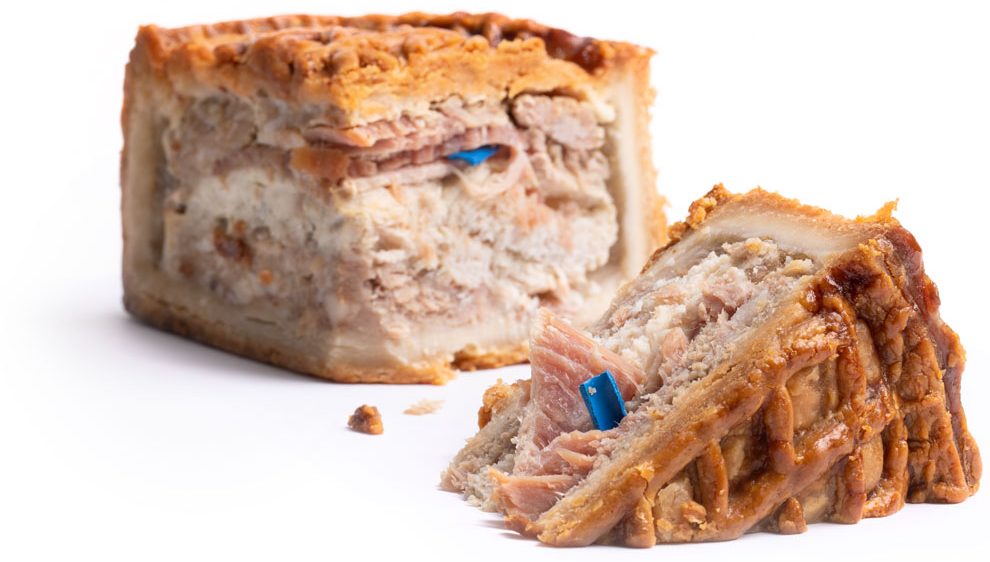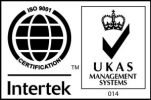AirSential®
Additives & masterbatches for the capture of harmful VOCs and malodours
Why use Odour and VOC capture technologies?
The off gassing of malodours and harmful VOCs from materials used in the built environment and from polymers & adhesives used in the manufacture of vehicle interiors poses a real threat to human health.
In recent years more emphasis has been made by regulators to control VOC emissions. Most automotive OEMs have adopted their own standards, in Europe generally based on the German (Verband der Automobilindustrie) VDA 270 & VDA 278 test methods, with the aim of controlling the Vehicle Interior Air Quality (VIAQ) of their own models. In 2012 efforts were made by ISO to harmonize the many individual methods into one standard and the resulting ISO 12219-1:2012 looks at the cabin interior in its entirety rather than the individual components. This is often referred to as the whole cabin test chamber.
Many countries have also issued their own standards for both domestically produced and imported vehicles. Korea was one of the first to do this in 2007, placing controls on 7 different VOC emissions to include: formaldehyde, benzene, toluene, ethyl benzene, xylene, styrene and acrolein. China has done similar with their GB/T 27630-2011 guidelines, also adding acetaldehyde to the list.
01.
Air quality compliance
Helps manufacturers meet increasing Built Environment and Vehicle Interior Air Quality standards
02.
Simple to use
Available as an odour & VOC absorbing polymer masterbatch or as a liquid dispersion for use in coatings and adhesives.
03.
Quantitative efficacy testing
Standard test methods such as VDA 270 (olfactory sensory test) and VDA 278 (headspace test using Thermal Desorption GCMS) used to measure VOC emittance.
04.
In-house product development & qualification
Airsential encompasses a variety of technologies, allowing us to tailor a VOC & odour absorbing additive or polymer masterbatch to your specific application requirements. Optimum solutions can be developed in our lab using your materials, with both internal and independent verification of efficacy. Once efficacy is established, we can work with, for instance, the OEMs recycled polymer supplier or your component manufacturers to deliver a solution that meets the demands of current vehicle interior odour & VOC emissions.
Material & Performance
Testing Services
How can Radical help?
We have developed a range of malodour and VOC absorbing additives and polymer masterbatches that can be added to recycled polymer compounds such as PP, PE & TPU or incorporated into plastic vehicle components at the injection moulding stage. These materials will reduce the odour of the finished products, helping you meet upcoming vehicle interior air quality standards and providing your products with the USP of odour control, without the use of biocides.
Odour and VOC absorbing additives and plastic masterbatches are also available for synthetic rubbers such as Silicone, SBR & EPDM and as liquid dispersions for use in coatings and adhesives.
01.
The demand
The demand to provide synthetic materials that meet increasingly lower odour and VOC emissions is on the increase from automotive OEMs to organisations such as the The World Health Organisation that state that interior air quality is a basic human right and state that hazardous substances emitted from building and construction materials contribute to a range of health problems that can be fatal. On the 13th July 2023 the European Commision proposed a new Regulation on end of life vehicles. This new regulation stipulates that a minimum of 25% by weight of the plastics used in a new vehicle’s construction consists of recycled content and 25% of this material needs to come from end-of-life-vehicles. The resulting demand for recycled materials will necessitate recycled plastics with inherent odours and VOCs having to being used.
02.
The solution
Radical will take a sample of your material and custom formulate a masterbatch to suit your application. The resulting mixture will be tested by Radical to make sure that important properties such as impact and tensile strength have not been lost and that the material processes as before. Moulded swatches of material will then be sent to a third party for the relevant odour or VOC absorption testing.
03.
Verification
A production sample of odour control polymer masterbatch will be provided for you to incorporate into your recycled compound or moulded products at the addition rate determined by the previous tests. If you are happy with how the polymers process, samples of your mouldings will then be sent for independent evaluation, using test protocols such as VDA270 (malodour reduction) or VDA278 (Reduction of VOC and fog). Other specific test are available, such as the BS ISO 1600-23 used to determine the reduction of VOCs by sorptive building materials.
Application examples

Fabric and Textile Treatments
Textiles for both apparel and home furnishings can be made to absorb both malodours and VOCs.
Most anti-odour textile treatments rely on biocides, such silver, copper & silane quats, to kill the bacteria responsible for sweat odours, but these biocides are not effective against the odours caused by molecules in the sweat itself.
Airsential additives can either be incorporated into a synthetic yarn, such as polypropylene carpet staples, or applied with a binder to natural or synthetic yarns at the finishing stage. The active components of the additives can be selected to absorb compounds responsible for malodours, such as TMA (trimethylamine).
Airsential materials can provide carpets and soft furniturings with the capability to absorb harmful VOCs such as formaldehyde from the built environment, making them suitable for use in public buildings such as schools and hospitals where poor interior air quality can be responsible for serious conditions such as asthma.

Automotive Plastics
Automotive interiors use a large number of injection moulded polymer components and plastic coated cable assemblies. With the drive to expand the utilisation of recycled materials, malodours from recylced polymers can be a barrier. The use of appropriate additives can permanently reduce the level of malodour to an acceptable level, enabling them to meet VDA-270 requirements.
In addition to anti-odour properties, some additives are particularly effective at capturing VOCs, such as formaldehyde, toluene and acetaldehyde. The incorporation of these additives into automotive cabin materials affords the potential to mop up many of the harmful VOCs in the vehicle interior.
Latest news
Polymer foreign body detection in the food processing industry
Thermally conductive polymer compounds explained, by Radical Materials
Radical Materials develops new detectable polyketone
Bespoke product developments
Masterbatch and compound can be developed to suit specific requirements and applications.
A large proportion of our work is the development of custom solutions, often outside the scope of our standard product range. We relish a challenge, so feel free to test our capabilities..
01.
Research & development
With the on-site capabilities and facilities, Radical Materials are able to support small to large custom developments from lab scale all the way up to full production.
02.
Testing capabilities
A wide suite of test facilities are available to support developments. These include mechanical tests as well as properties such as thermal conductivity and surface resistivity.
03.
Certification
A wide suite of test facilities are available to support developments. These include mechanical tests as well as properties such as thermal conductivity and surface resistivity.
04.
Manufacturing
A continuing focus on new and novel technologies to bring advantages and progression to conductive polymers.








